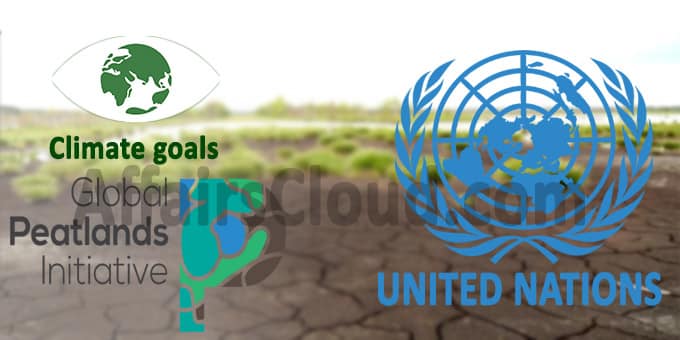In accordance with the Food and Agriculture Organization (FAO) of the United Nations (UN) report, Peatlands are facing degradation and need to be urgently monitored. The report authored by 35 experts comprised information as well as recommendations to countries on restoring and managing peatland. What is Peatland?
What is Peatland?
Peatlands are wetlands with a thick layer of organic soil. Peatlands cover only 3% of the global land area, but they store 30% of the world’s soil carbon.
- When peatlands are drained, they become net sources of greenhouse gas (GHG) emissions and contribute up to 1 Gigaton of GHG emissions per year through oxidation.
Why conservation of Peatland required?
They store twice the amount of carbon as all the world’s forests. Their degradation due to drainage, fire, agricultural use and forestry can boost the release of the stored carbon. By conserving, protecting and restoring peatlands globally, the emissions can be reduced and the essential ecosystem will be revived.
- Countries can use System for Earth Observation Data Access, Processing and Analysis for Land Monitoring (SEPAL) platform developed by FAO for peatlands mapping which contains a number of tools for land use and land-use change monitoring.
- Through peatland mapping, the place and condition of peat are identified and further degradation can be prevented.
India’s story:
In India, peatlands occupy 320–1,000 square kilometres area. As India has low levels of topsoil therefore further peatland mapping is required because peatland drainage can deplete the organic layer rapidly.
Benefits of peatlands:
-Apart from climate mitigation, peatlands are important for archaeology, as they maintain pollen, seeds and human remains for a long time in their acidic and water-logged conditions.
-These areas also support livelihood in the form of pastoralism (grazing).
-The vegetation growing on peatlands provide different kinds of fibres for construction activities and handicrafts.
-Many wetland species produce berries, mushrooms and fruits, which are economically important to local communities.
According to the Greifswald Mire Centre Strategy 2018-2022, rewetting of peatlands reduces emissions and can play an important role in achieving the objective of the United Nations Framework Convention on Climate Change.




